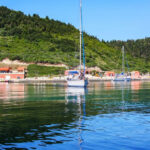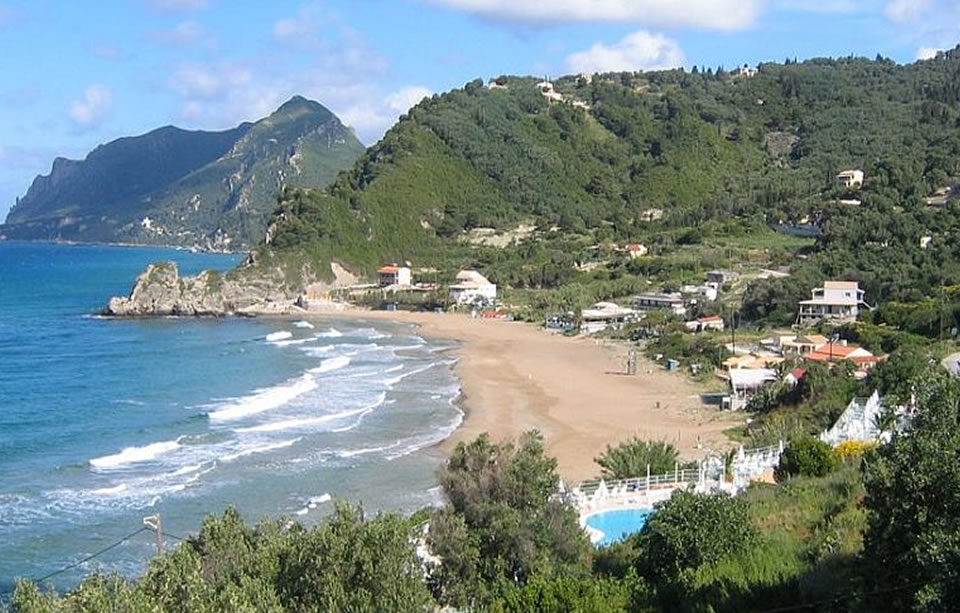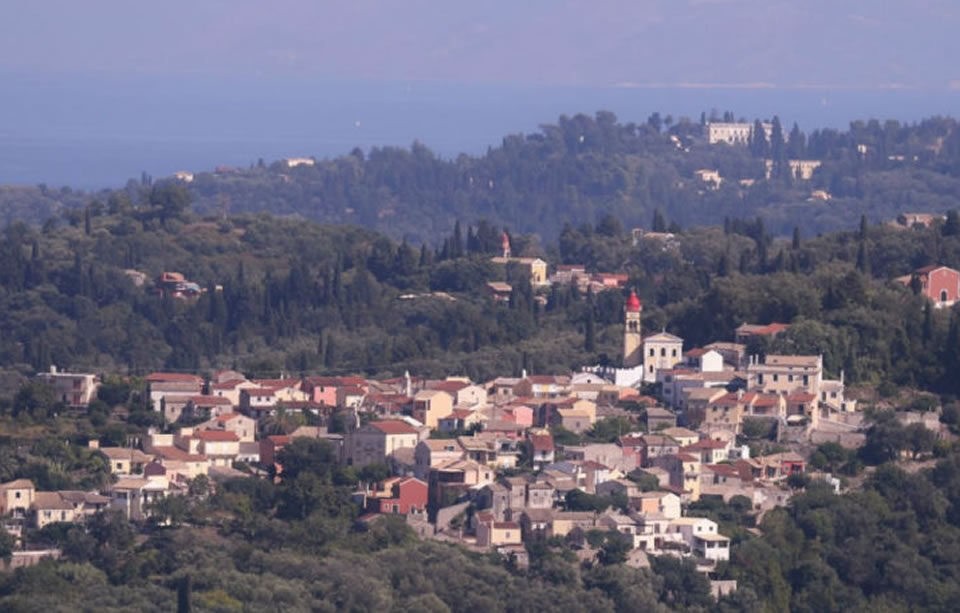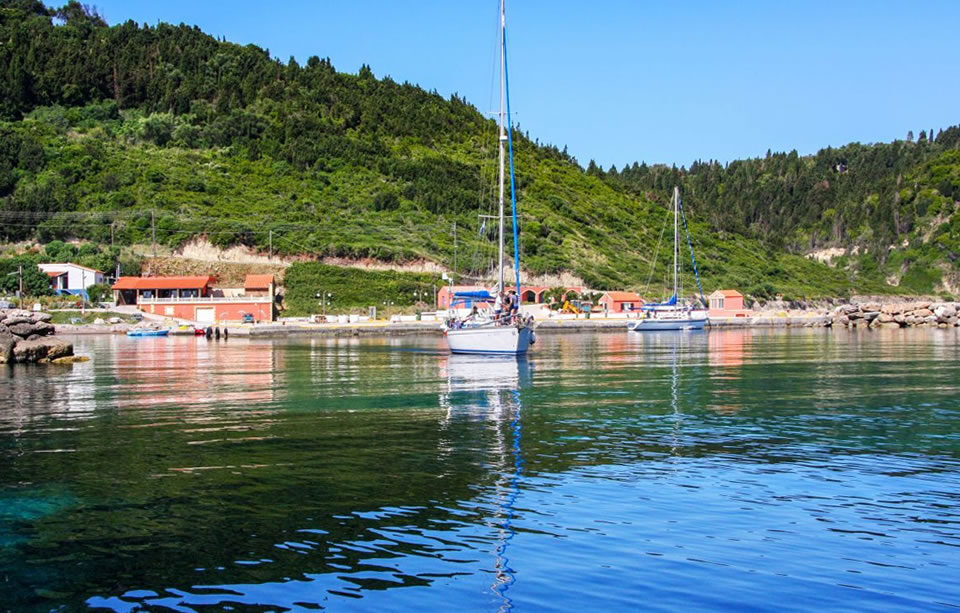
Mathraki

Varipatades

1.How many residents does the village have?
It is a settlement and has about 100 residents. Together with the settlements of Droseri, Eriva, Perama, and Strinyla, they constitute the Local Community of Petaleia of the Municipal Unit of Thinali.
2.What jobs do the residents do?
They are mainly pensioners and farmers.
3.What products are produced in the area?
In our area, olives are cultivated and there are also kumquat crops. Other products that are produced are cheese, meat, potatoes, oil, wine, and vegetables.
4.Is there someone who sells products?
Yes.
5.If yes, is the point of sale visitable and how many people can it accommodate?
At home.
6.Are there vineyards in the area?
Yes.
7.If yes, what varieties are cultivated?
Skopelitiko, muscat, kakotrygi.
8.Is there a lake, river, or waterfall?
No.
9.Is there a point with acoustic peculiarity [e.g. reed bed, ravine, stream with nightingales etc]
Yes.
10.Around the village what animals are there, what season and at what points?
birds,
reptiles,
otters, rabbits, foxes
frogs etc
There are hares, foxes, rabbits, various species of birds, snakes, lizards.
11.The vegetation of the area includes what season and at what points?
Flowers
Edible [cabbage, mushrooms, tea, chamomile, oregano, caper, figs etc]
Trees and shrubs
There are oak trees, oak trees and of course many wildflowers in the spring.
Around the village there were once forests with oak trees, but they were used for shipbuilding timber, both by the Venetians and the French.
12.How many churches are there and which ones?
There are four (4) churches. Saint Nicholas, Saint Paraskevi, Panagia of the roads and Pantokrator.
13.Is there a festival, procession or other event and when?
There is a gathering of people from 01/08-06/08 due to the pilgrimage to the Pantokrator and festivals on August 4 and September 8.
14.Where does the water in the area come from?
From drilling.
15.Are there public sources or taps with drinking water?
No, there are none.
16.Is there a point of historical interest?
The high Pantokrator.
17.Is there any bridge, threshing floor, olive press or other sightseeing point?
There is a panoramic view from the Pantokrator.
18.Did any famous person live or pass through here?
No.
19.Is there anyone who comes from the village and became famous elsewhere?
No.
20.Do you remember any old story that your grandparents used to tell you?
No.
21.Is there any special custom?
No.
22.What foods do you usually eat?
Mediterranean cuisine.
23.Is there any local peculiarity in your cooking [e.g. neratzosalata];
Due to the production of cheeses and meat, our cooking is distinguished by cheese pie and meat pie.
24.Is there any cultural, musical, dance, theatrical or other association?
Yes, there is a Cultural Association.
25.If yes, what actions does it have and when do they take place?
It organizes the traditional festival that takes place on August 4.
26.What would you like the foreigner to know about you?
We are located at an altitude of 650m on Mount Pantokrator. It is one of the many old traditional settlements of the island, which were built at such an altitude and far from the sea due to the fear of pirates. It is speculated that the name of the settlement has arisen due to the fact that it was built inside a petal of mountains so as to be invisible to the pirates. In the settlement there is the building of the old primary school that operated from 1911 until 1991.



